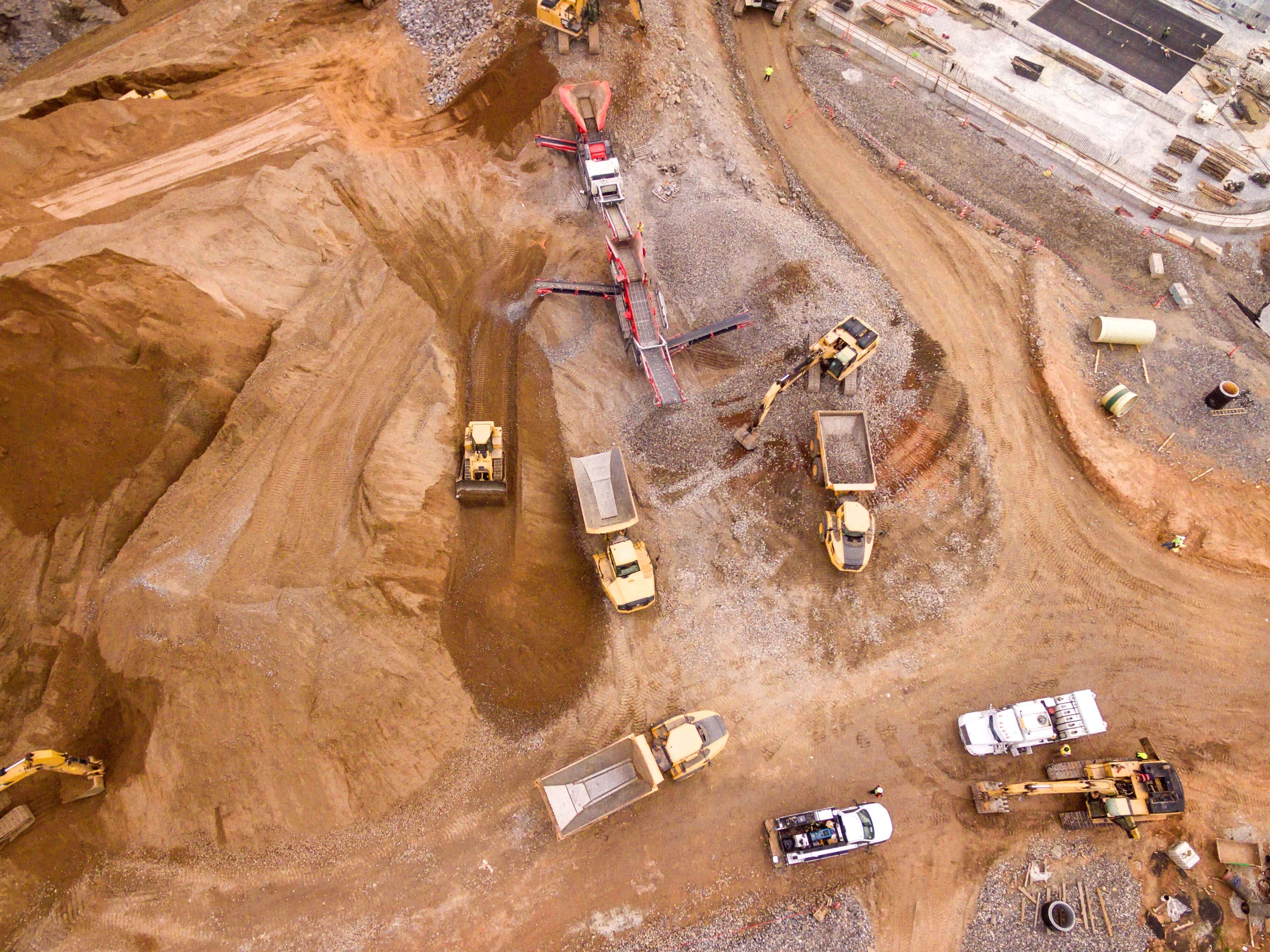
Pop quiz time (and no cheating with a Google search): What is the most commonly used human-made material? If you guessed concrete, you’d be right. But, the secret behind concrete is that to create one ton of concrete, you need six (yup!) tons of sand. Sand is a required component for hundreds of items. From concrete to countertops, microchips to roofing materials, and fiberglass insulation to glass bottles, our civilization is figuratively built on sand. In fact, the US alone consumes around 44 billion tons of sand annually.
Due to this heavy use and slow rate of natural production, sand is becoming a scarce resource. Even though our planet is covered in deserts and beaches, not all sand can be used for manufacturing purposes. Sand mining often occurs on river beds, wetlands and sea floors because of the coarser grain size and low salt content. And because of this, we’re seeing less sand flow down stream to our shorelines – resulting in smaller beaches!
Like forests, sand is a common-pool resource and is difficult and expensive to regulate. In some areas, sand miners remove necessary vegetative buffers along rivers and waterways in order to dredge the sand. Not only does this disrupt the balance of delicate ecosystems, it also causes extreme erosion, flooding, and sand loss elsewhere.
Can you imagine what would happen to Whatcom County if intense sand mining occurred here? Luckily our community has strict environmental laws on sand mining, so our beaches and salmon populations are safe. However, it is speculated that the 25 sand mines in Texas played a large role in the $125 billion damage and 88 deaths during 2017 Hurricane Harvey.
Our heavy reliance on sand has more environmental issues than just mining – sand extraction and transport results in high greenhouse gas emissions and C02 production. On a positive note, researchers are looking at how to use desert sand for manufacturing purposes, glass recycling is becoming more efficient, and glass bottles can be ground to make recycled sand for beaches. Having an alternative sources for sand has the potential to restore biodiversity, increase shoreline safety, and reduce the likelihood of flooding in some areas.
So what can you do to help the sand crisis? Reduce your consumption of sand – use glass pasta sauce bottles for storage or craft projects before recycling them, buy a pre-owned computer screen instead of a new one, and use smart landscaping instead of concrete. And when it comes to sand’s heavy use in the building materials industry, buy used! Here at The RE Store, we sell many items manufactured with sand, such as glass, mirror, porcelain sinks and toilets, ceramic and glass tile, garden pots, bricks, concrete sheet goods, and light fixture globes!
